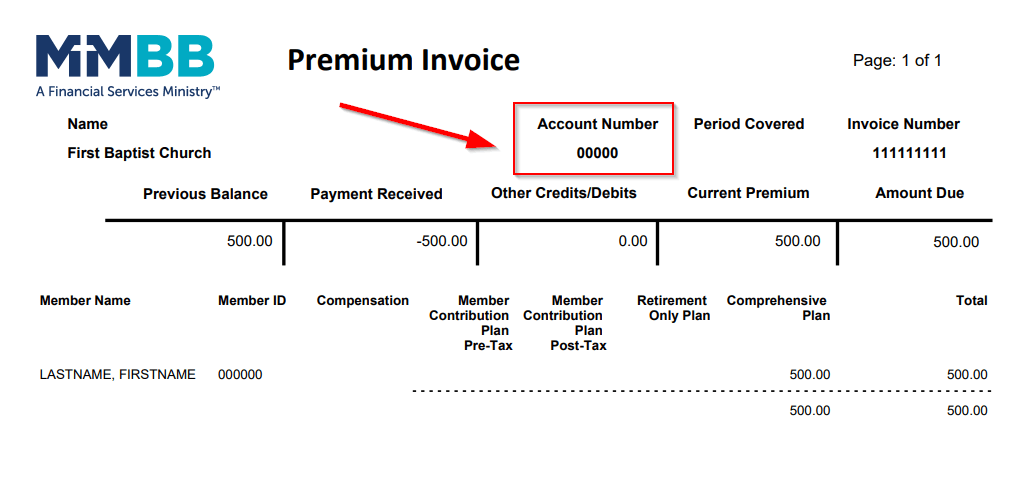Financial Fact: Understanding the Monthly Jobs Report & Why It Matters
You’ve probably seen a notification pop up on your phone announcing the monthly job report or have heard the numbers announced while you listen to an early morning show on the radio or TV. Typically, when more jobs are created and the unemployment rate is low, that number bodes well for the economy and the markets, but how is the data put together and why does it matter?
The first Friday of every month is marked on the calendar of most economists, policy experts, or financial journalists because the Bureau of Labor Statistics (BLS) publishes the jobs report from the prior month at 8:30am. It is actually known as the Employment Situation Summary, and the data is compiled from two surveys, the establishment survey and the household survey.
The establishment survey focuses on the business sector. The BLS contacts approximately 144,000 businesses and government agencies (excluding jobs in the agriculture sector) who are asked how many people they employ and how much their employees are paid. The household survey gathers information from people and the BLS partners with the U.S. Census Bureau to ask multiple questions concerning the employment status of people 16 years and older. They query roughly 60,000 households during the week that includes the 12th day of the month. This survey focuses on that one week and helps the BLS to find out who is not working to determine the unemployment rate. Together, these two surveys provide key information about the labor market including the:
- Total number of Americans who are employed and unemployed
- Unemployment rate, which is the percentage of the labor force that in unemployed
- Number of people who are working full-or-part-time in U.S. business or government agencies
- Average number of hours that non-farm workers put in each week
- Average hourly and weekly earnings for all nonfarm employees1
The agriculture sector is excluded because employment on farms is often seasonal; there is considerable self-employment, including unpaid family work and it often includes undocumented workers.
Why the jobs report matters
When workers are unemployed, it can lower the amount of goods and services that are produced and available for American consumers to purchase. Unemployment means that income is reduced leading to a decrease in purchasing power. This may lead to unemployment for workers in other sectors affected by reduced consumer spending.
Overall, the jobs report functions as a primary indicator of employment trends which serves as an important barometer for the direction and health of the U.S. economy and the investment markets.
When the unemployment rate is low, as in the current report, there are several implications for the economy and policy makers (primarily the Federal Reserve):
- The fact that the unemployment numbers are near a 50-year low demonstrates that companies are hiring. In spite of concerns about a potential recession, these numbers are good news because they are a sign of economic productivity and optimism by employers about future growth.
- A low unemployment rate can also lead to increased costs for businesses as a tight labor market means workers can demand higher wages. Higher wages lead to increased costs of doing business and an increased demand for goods. The result can be a lag in hiring (which would increase the unemployment rate), or higher costs to consumers to offset increased production costs which can lead to inflation.
- The Federal Reserve is tasked with maintaining maximum employment and price stability. It uses its tools—primarily interest rates—to maintain the right levels in the labor markets, and the overall economy. This means finding a careful balance of levels of employment and inflation in the economy.
- https://erbfinancial.com/what-is-the-employment-situation-report-and-why-is-it-important-to-investors/








 Next
Next

 Next
Next

